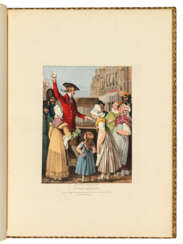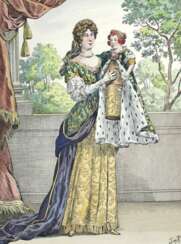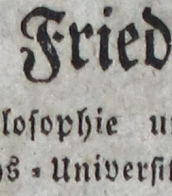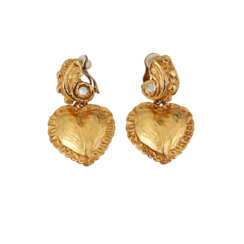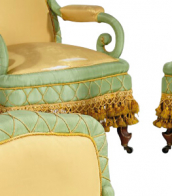fashion and costumes
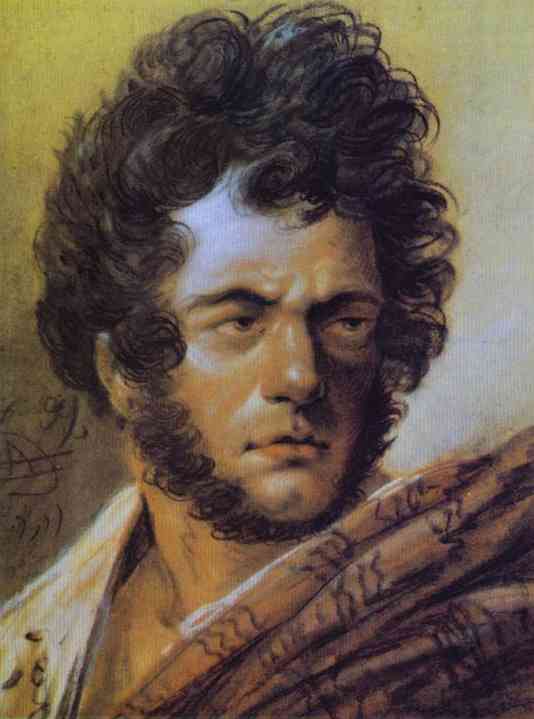
Aleksander Orłowski (Russian: Александр Осипович Орловский), a renowned Polish painter and sketch artist, was born on March 9, 1777, in Warsaw, within the Polish-Lithuanian Commonwealth. His journey into the arts began under challenging circumstances; he was the son of a tavern-keeper and his family was not wealthy. His early promise in art was nurtured by noble patron Izabela Czartoryska, who financed his initial education under the guidance of artist Jan Piotr Norblin.
Orłowski's artistic journey intersected with his military service during the Kościuszko Uprising, a major revolt against Imperial Russia and Prussia in 1794. This period of conflict significantly influenced his later works, which often depicted military scenes and the daily life of soldiers. After the partitions of Poland, Orłowski moved to Saint Petersburg in 1802, where he became a seminal figure in the development of lithography in the Russian Empire.
His oeuvre includes a wide array of subjects, from battle scenes to cultural depictions of everyday life in both Poland and Russia. Notable works such as "Battle Scene" and "Cossack Fighting Off A Tiger" showcase his skill in capturing dynamic movement and drama. His works are preserved in esteemed institutions such as The Russian Museum and The Tretyakov Gallery, highlighting their historical and artistic value.
Orłowski's impact extended beyond the canvas; he was also mentioned in literary works by notable authors like Adam Mickiewicz and Alexander Pushkin, which underscores his cultural significance in the 19th century.
For collectors and experts in art and antiques, Aleksander Orłowski's works represent a crucial segment of Eastern European art history. To stay informed about new discoveries or auction events related to his works, consider subscribing for updates. This subscription ensures you receive timely information tailored to your interests, directly relating to new sales and significant events around Orłowski's art.



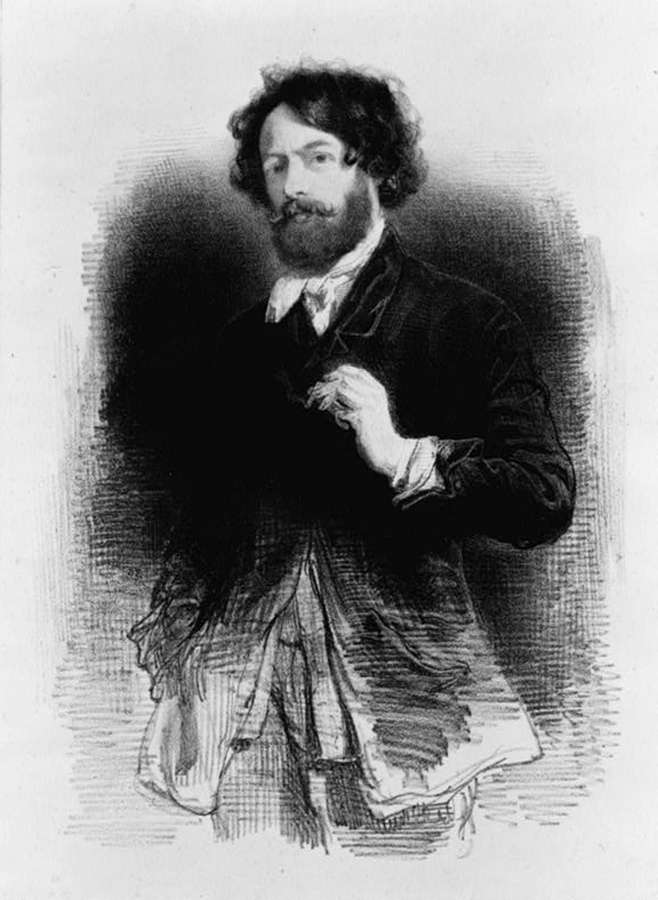
Paul Gavarni, real name Hippolyte Sulpice Guillaume Chevalier, was a French painter, cartoonist, illustrator, and a prominent 19th-century satirist.
Beginning his career as an assistant engineer, he showed signs of his future genius in the late 1820s as a fashion designer and illustrator. His talent for caricature and satirical art, however, led him to the editorship of Les Gens du Monde in 1835. Paul Gavarni, one of the smartest caricaturists, had no equal in drawing, capturing the follies and foibles of his time. He developed close friendships with many other leading artists and contemporary writers, including Honoré Balzac, Charles Dickens and William Maykpis Thackeray. His work was collected by Queen Victoria, as well as by Edgar Degas and Vincent van Gogh.
Gavarnie's long association with the popular magazine Le Charivari, with which Dumier and other cartoonists of the time also collaborated, was the pinnacle of his career. Working continuously from 1838 to 1844, he produced more than 900 engravings illustrating secular Parisian life with great wit, charm, and satire. He also illustrated the novels of Balzac and Eugène Sue and the short stories of Hoffmann. In addition to satirical works, Gavarni also distinguished himself in portraiture and sketches.
But it was not only in social circles that Gavarni revolved, where he was admired. In 1847 he spent a year in London, painting the inhabitants of the poor quarters around Whitechapel and producing some of his best work there.













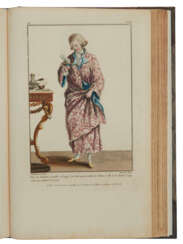


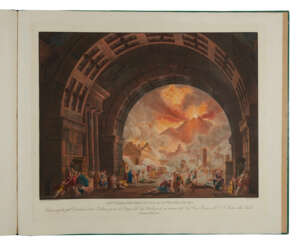

![ORLOWSKI, G. [Alexander] (1777-1832)](/assets/image/picture_2943059/6e680/593dbba81e04596991fc4b784cd3d69a1689199200jpg__fix_374_244.jpeg)
![ORLOWSKI, G. [Alexander] (1777-1832)](https://veryimportantlot.com/assets/image/picture_2943059/6e680/593dbba81e04596991fc4b784cd3d69a1689199200jpg__fix_374_244.jpeg)


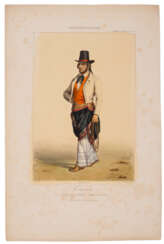




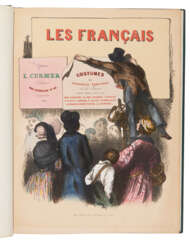





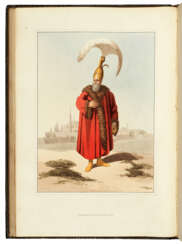



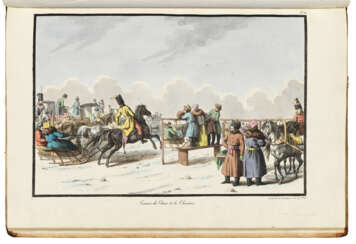



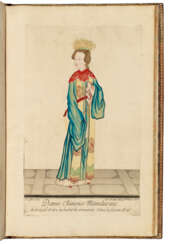

![MANSION, [Andre-Leon] (1785-1834)](/assets/image/picture_2944180/c174b/0e01d2bfc720135261b77078362ecaa81689199200jpg__fix_374_244.jpeg)
![MANSION, [Andre-Leon] (1785-1834)](https://veryimportantlot.com/assets/image/picture_2944180/c174b/0e01d2bfc720135261b77078362ecaa81689199200jpg__fix_374_244.jpeg)
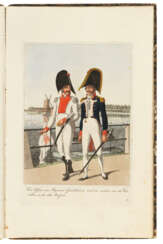

![[PLUCHART, Alexandre (1777-1827), lithographer, and Karl Ivanovich KOLLMAN (1788-1846), artist]](/assets/image/picture_2944280/210e9/359aa77afea6b8131ebd05982b05d88f1689199200jpg__fix_374_244.jpeg)
![[PLUCHART, Alexandre (1777-1827), lithographer, and Karl Ivanovich KOLLMAN (1788-1846), artist]](https://veryimportantlot.com/assets/image/picture_2944280/210e9/359aa77afea6b8131ebd05982b05d88f1689199200jpg__fix_374_244.jpeg)
![[MODE ET COSTUMES]](/assets/image/picture_3566640/960e1/38cb23a18ff803e7c4c809a19d8302c21700607600jpg__fix_374_244.jpeg)
![[MODE ET COSTUMES]](https://veryimportantlot.com/assets/image/picture_3566640/960e1/38cb23a18ff803e7c4c809a19d8302c21700607600jpg__fix_374_244.jpeg)

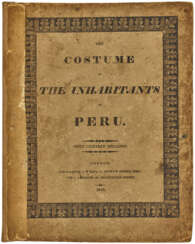

![[FRANCESCINI, Gerolamo (1820-1859) and August GERASCH (fl. c. 1840)]](/assets/image/picture_2943381/ad346/c6566ff525cf47851549ef3c8ce8a6f21689199200jpg__fix_374_244.jpeg)
![[FRANCESCINI, Gerolamo (1820-1859) and August GERASCH (fl. c. 1840)]](https://veryimportantlot.com/assets/image/picture_2943381/ad346/c6566ff525cf47851549ef3c8ce8a6f21689199200jpg__fix_374_244.jpeg)
![[RIBELLES Y HELIP, José (1778-1835), artist and Juan CARRAFA (1787-1869), engraver]](/assets/image/picture_2943012/8d051/b5d3508f6df4c65d032d6542fd58a3861689199200jpg__fix_374_244.jpeg)
![[RIBELLES Y HELIP, José (1778-1835), artist and Juan CARRAFA (1787-1869), engraver]](https://veryimportantlot.com/assets/image/picture_2943012/8d051/b5d3508f6df4c65d032d6542fd58a3861689199200jpg__fix_374_244.jpeg)
![[FRIES, Ernst (1801-1833), Franz Xaver NACHTMANN (1799-1846) and J. KÜRZINGER]](/assets/image/picture_2943743/ed548/f8fd97f02772e9caed14cf4a5454be401689199200jpg__fix_374_244.jpeg)
![[FRIES, Ernst (1801-1833), Franz Xaver NACHTMANN (1799-1846) and J. KÜRZINGER]](https://veryimportantlot.com/assets/image/picture_2943743/ed548/f8fd97f02772e9caed14cf4a5454be401689199200jpg__fix_374_244.jpeg)
![[FRIES, Ernst (1801-1833), Franz Xaver NACHTMANN (1799-1846) and J. KÜRZINGER]](/assets/image/picture_2944206/571c5/235a4e4e9375613f3ab37bf850c0d7321689199200jpg__fix_374_244.jpeg)
![[FRIES, Ernst (1801-1833), Franz Xaver NACHTMANN (1799-1846) and J. KÜRZINGER]](https://veryimportantlot.com/assets/image/picture_2944206/571c5/235a4e4e9375613f3ab37bf850c0d7321689199200jpg__fix_374_244.jpeg)
